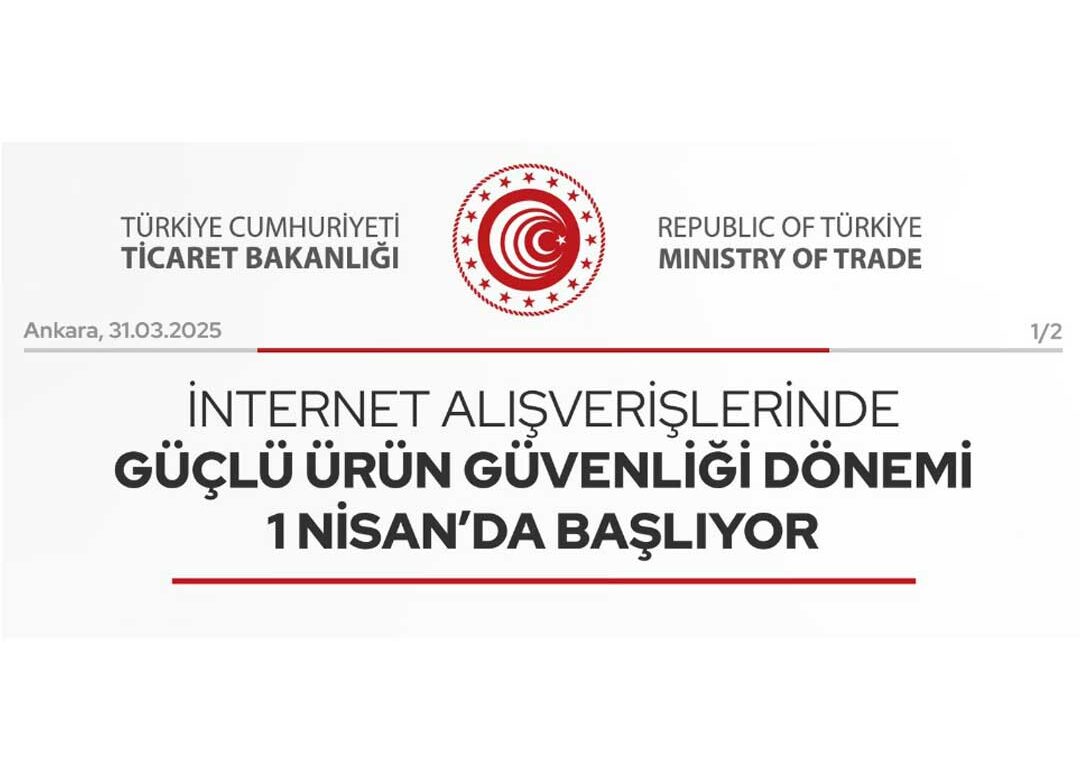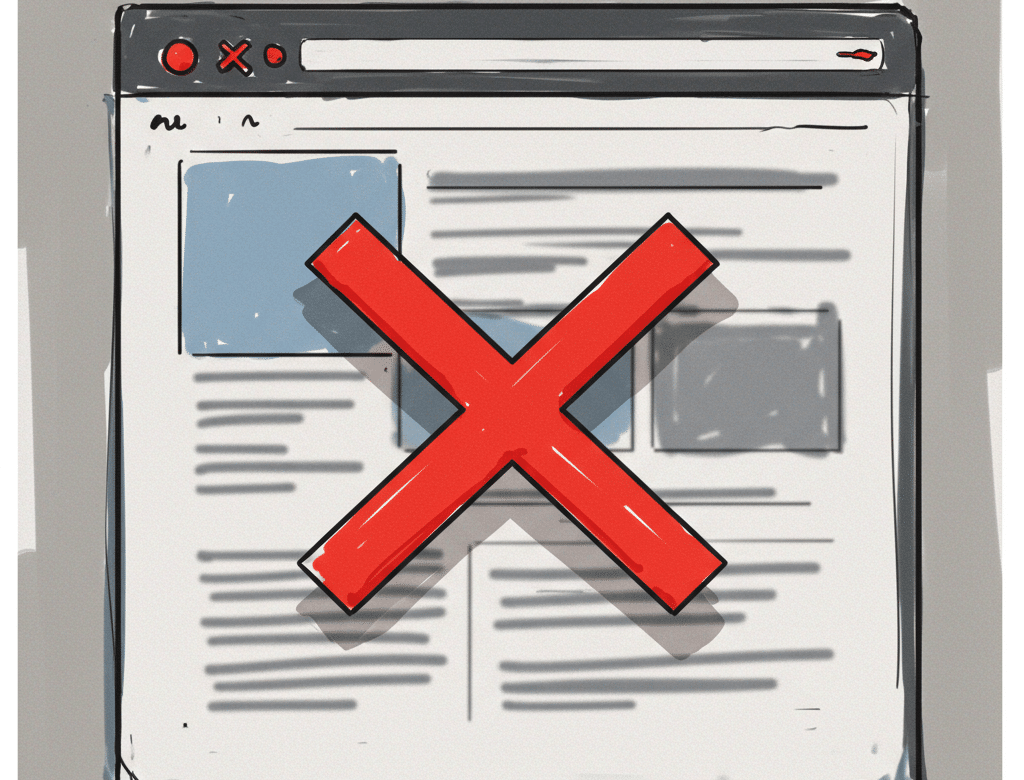İşletmelerin başarısı yakın geçmişte ve günümüzde, büyük ölçüde dijital dünyada ne kadar etkili olduklarına bağlıdır. Dijital pazarlama, markaların çevrimiçi varlıklarını güçlendirmek, hedef kitlelerine ulaşmak ve sonuç olarak satışlarını artırmak için kullandıkları stratejiler bütünüdür. Bu yazıda, dijital pazarlamanın ne olduğunu, neden önemli olduğunu ve temel bileşenlerini detaylı bir şekilde ele alacağız.
Dijital Pazarlama Nedir?
Dijital pazarlama, internet ve dijital teknolojiler kullanılarak yapılan pazarlama faaliyetlerini ifade eder. Bu, web siteleri, sosyal medya, e-posta, mobil uygulamalar, arama motorları ve diğer dijital kanallar aracılığıyla gerçekleştirilen tüm pazarlama çabalarını kapsar. Dijital pazarlamanın amacı, markaların çevrimiçi varlıklarını artırmak, potansiyel müşterilere ulaşmak ve onları sadık müşterilere dönüştürmektir.
Dijital Pazarlamanın Önemi
Dijital pazarlama, günümüzde işletmeler için vazgeçilmez bir araç haline gelmiştir. İşte dijital pazarlamanın neden bu kadar önemli olduğuna dair bazı nedenler:
- Geniş Kitlelere Ulaşma: Dijital pazarlama, coğrafi sınırları aşarak dünya genelindeki geniş kitlelere ulaşmanızı sağlar.
- Maliyet Etkinliği: Geleneksel pazarlama yöntemlerine kıyasla daha düşük maliyetlerle geniş kitlelere ulaşabilirsiniz.
- Ölçülebilir Sonuçlar: Dijital pazarlama, kampanyalarınızın performansını anlık olarak izleyebilmenizi ve ölçebilmenizi sağlar.
- Hedefleme: Dijital pazarlama, demografik, coğrafi ve davranışsal hedefleme yaparak doğru kitlelere ulaşmanıza olanak tanır.
- Etkileşim: Sosyal medya ve diğer dijital platformlar aracılığıyla müşterilerinizle doğrudan etkileşimde bulunabilir ve geri bildirim alabilirsiniz.
Dijital Pazarlamanın Temel Bileşenleri
SEO (Arama Motoru Optimizasyonu)
SEO, web sitenizin arama motorlarında daha üst sıralarda yer almasını sağlamak için yapılan optimizasyon çalışmalarıdır. Bu, organik (ücretsiz) arama sonuçlarında daha görünür olmanızı sağlar ve daha fazla trafik çekmenize yardımcı olur. SEO’nun üç ana bileşeni vardır:
- Teknik SEO: Web sitenizin teknik altyapısını optimize ederek arama motorlarının sitenizi daha iyi taramasını ve dizine eklemesini sağlar.
- Site içi SEO: Web sitenizdeki içerik ve HTML yapısını optimize ederek arama motorlarına daha iyi sinyaller gönderir.
- Site dışı SEO: Web sitenizin dışında yapılan çalışmalar (örneğin, backlinkler) ile sitenizin otoritesini artırır.
Sosyal Medya Pazarlaması
Sosyal medya pazarlaması, markaların Facebook, Instagram, Twitter, LinkedIn gibi sosyal medya platformlarında varlık göstererek hedef kitleleriyle etkileşim kurmalarını sağlar. Sosyal medya pazarlaması, marka bilinirliğini artırmak, müşteri sadakatini güçlendirmek ve doğrudan satışları artırmak için kullanılır. Etkili bir sosyal medya stratejisi oluşturmak için kabaca şunlara dikkat edilmelidir:
- Hedef Kitle Analizi: Hedef kitlenizin hangi platformlarda aktif olduğunu ve ne tür içeriklerle ilgilendiğini belirleyin.
- İçerik Planlaması: Düzenli ve ilgi çekici içerikler oluşturun. Görsel, video ve metin içeriklerini dengeli bir şekilde kullanın.
- Etkileşim: Takipçilerinizle etkileşimde bulunun, yorumlara yanıt verin ve geri bildirimleri dikkate alın.
Content Marketing
İçerik pazarlaması, hedef kitlenize değerli ve ilgi çekici içerikler sunarak onları çekmeyi ve etkilemeyi amaçlar. Blog yazıları, videolar, vloglar, infografikler, e-kitaplar, eğitim setleri ve daha fazlası içerik pazarlamasının araçlarıdır. İyi bir içerik pazarlama stratejisi oluşturmak için şunlara dikkat edilmelidir:
- Hedef Kitle Belirleme: İçeriğinizi kimin için oluşturduğunuzu belirleyin.
- Anahtar Kelime Araştırması: Hedef kitlenizin arama yaptığı anahtar kelimeleri belirleyin ve içeriklerinizi bu kelimeler etrafında oluşturun.
- İçerik Üretimi ve Dağıtımı: Düzenli olarak kaliteli ve değerli içerikler üretin ve bunları etkili bir şekilde dağıtın.
E-Mail Marketing
E-posta pazarlaması, potansiyel ve mevcut müşterilere doğrudan e-posta göndererek iletişim kurmayı amaçlar. Bu, müşteri ilişkilerini güçlendirmek, sadakat oluşturmak ve satışları artırmak için etkili bir yöntemdir. Başarılı bir e-posta pazarlama stratejisi için şunlara dikkat edilmelidir:
- E-Posta Listesi Oluşturma: Hedef kitlenizin e-posta adreslerini toplamak için çeşitli yöntemler kullanın (Ör: web sitenizdeki abonelik formları).
- Kişiselleştirme: E-postalarınızı alıcıların ilgi alanlarına ve davranışlarına göre kişiselleştirin.
- İçerik ve Tasarım: E-postalarınızın içeriği ve tasarımı dikkat çekici ve kullanıcı dostu olmalıdır.
PPC (Tıklama Başına Ödeme) Reklamları
PPC reklamları, reklamverenlerin belirli anahtar kelimeler için arama motorlarında veya diğer dijital platformlarda reklam vermesi ve her tıklama için ödeme yapmasıdır. Google Ads, en yaygın kullanılan PPC platformlarından biridir. PPC reklamları, hızlı sonuçlar almak ve belirli hedef kitlelere ulaşmak için etkili bir yöntemdir.




